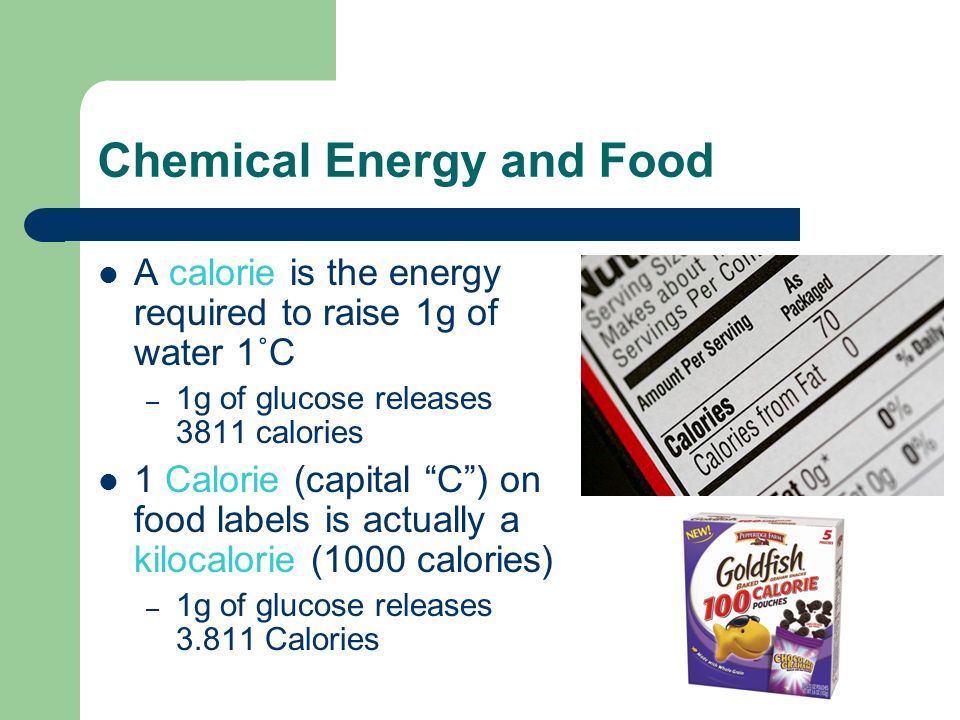Question #0c3b7
1 Answer
Here's what I got.
Explanation:
The idea here is that you need to use the known composition of the glucose solution to determine how many grams of glucose are present in
So, you know that
#"1 L" = 10^3# #"mL"#
and that
#3.1 color(red)(cancel(color(black)("L solution"))) * (10^3color(red)(cancel(color(black)("mL"))))/(1color(red)(cancel(color(black)("L")))) * "5.9 g glucose"/(100. color(red)(cancel(color(black)("mL solution")))) = "183 g glucose"#
Now, the problem should provide you with the number of calories or kilocalories released per gram of glucose.

Assuming that
#183 color(red)(cancel(color(black)("g glucose"))) * "3.811 kcal"/(1color(red)(cancel(color(black)("g glucose")))) = color(darkgreen)(ul(color(black)(7.0 * 10^2color(white)(.)"kcal")))#
The answer is rounded to two sig figs.

